6 Faith and Religious Identity
Alam Payind and Melissa McClimans
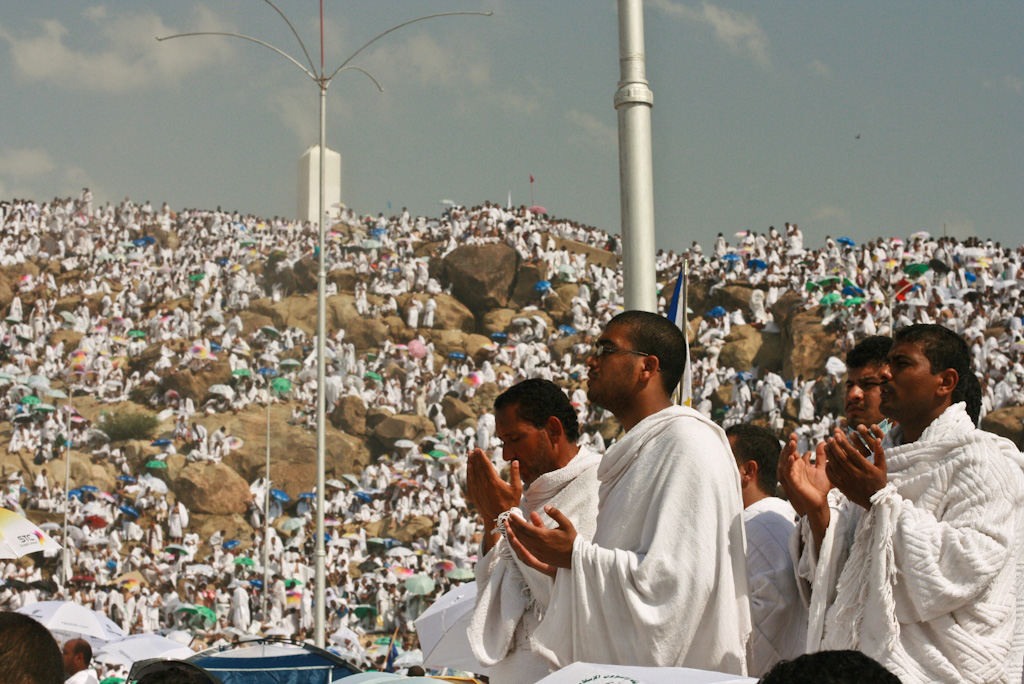
This chapter looks at identity through the lens of religion. Religion was used for conquest, creating kingdoms and building empires in the region we now call the Middle East, and beyond. Religion has been and remains a powerful force in the Middle East, not just for members of one religious community, but as a cultural influence affecting everyone. We will provide an overview and comparison of the Abrahamic religions of Judaism, Christianity and Islam, and go into more detail about Islam. Zoroastrianism and the religion of Ancient Greece influenced those religions and have both had a major influence throughout the world.
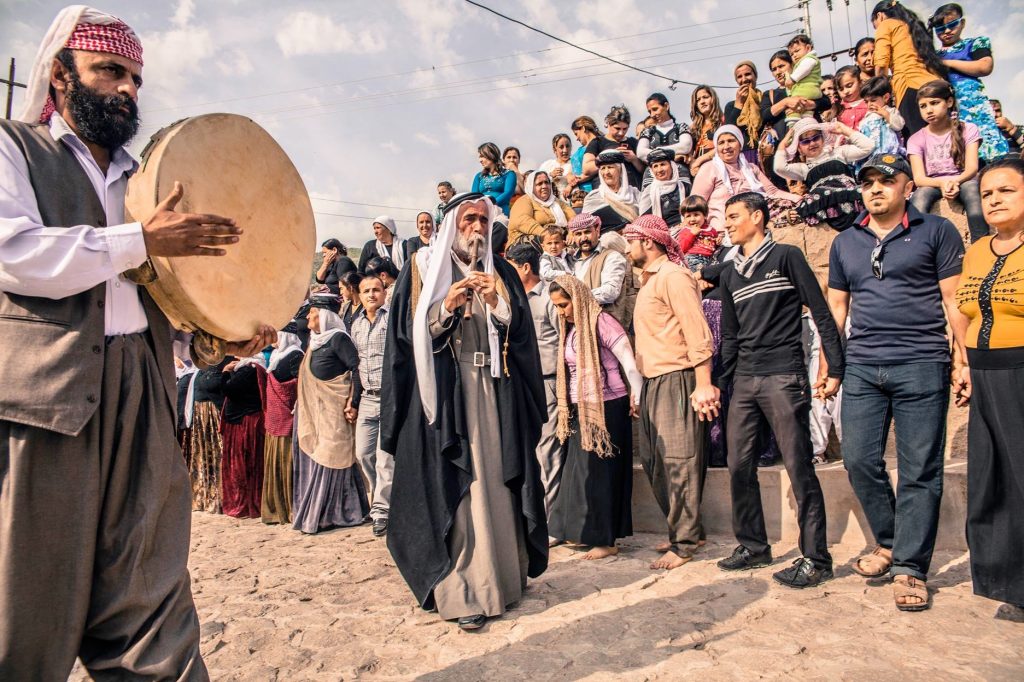
Visual Aids for Chapter 2: Faith and Religious Identity
Images: Sacred Places of the Middle East
Chart: Abrahamic Religions Comparison
Images: Muslim Prayer
Chart: Shi’i Leadership Geneology
Images: Rumi
Sacred Places of the Middle East
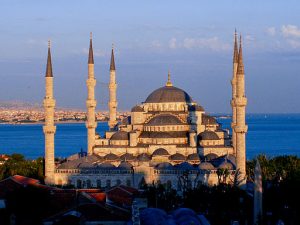
By Constantin Barbu [CC BY 2.0 (http://creativecommons.org/licenses/by/2.0)], via Wikimedia Commons
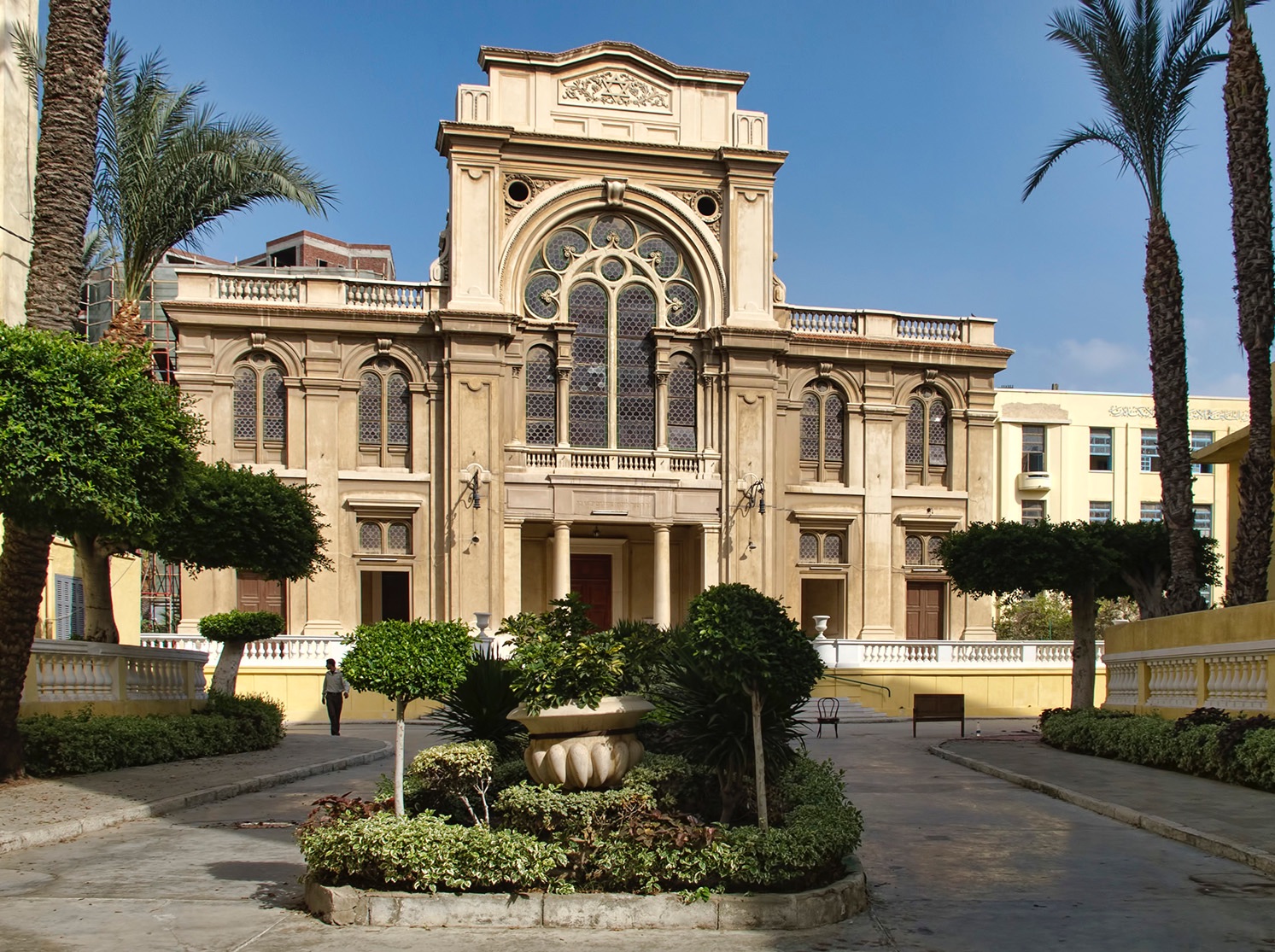
“20111112_Egypt_0119 Alexandria Eliyahu Ha-Navi Synagogue” by Dan Lundberg, from Flickr, licensed under CC BY-SA 2.0

“Persepolis gifts.jpg” by Kashk, from Wikimedia Commons, under C.C.0
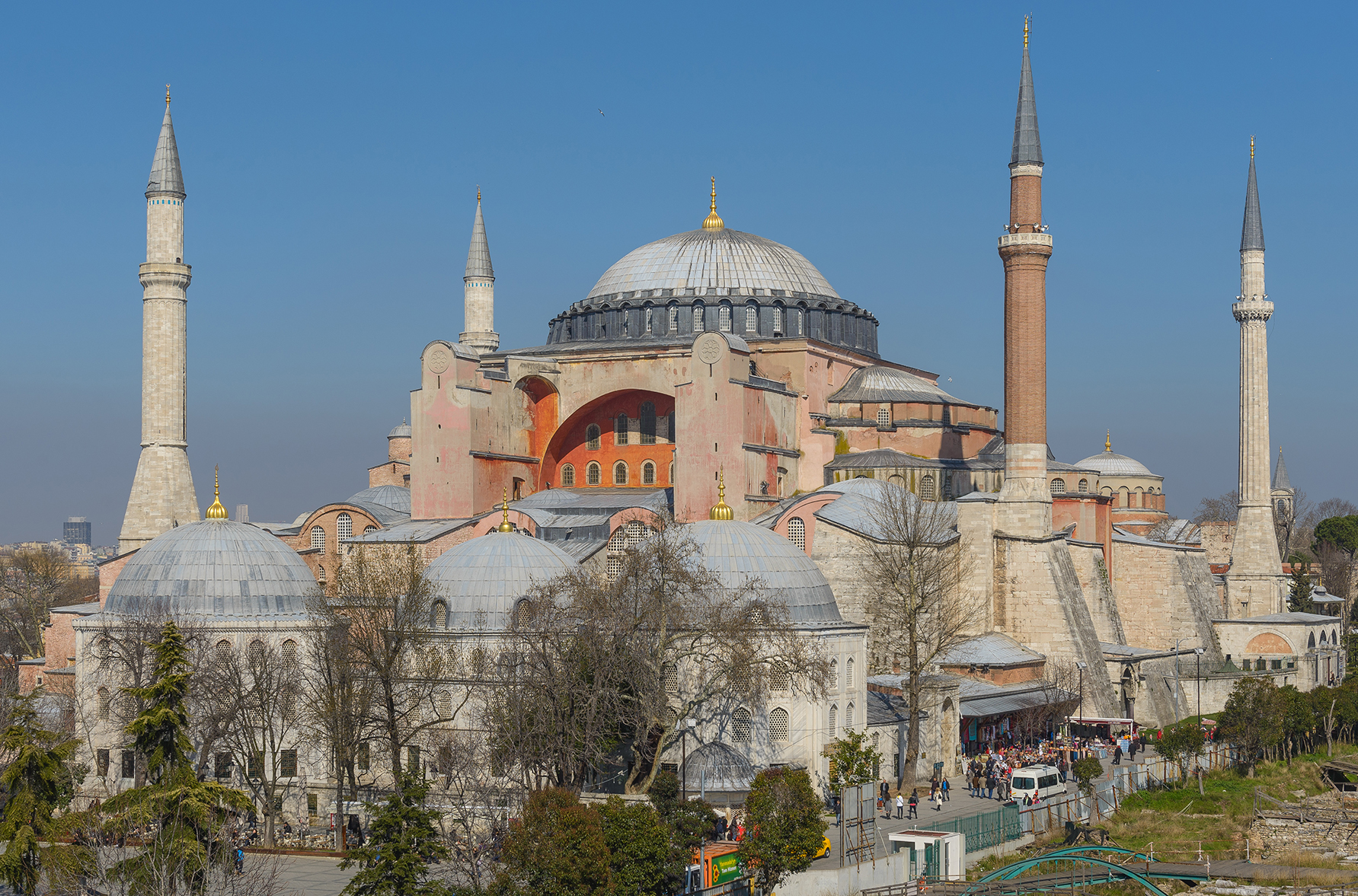
“Hagia Sophia Mars 2013” by ArildV, from Wikipedia, licensed under CC BY-SA 3.0
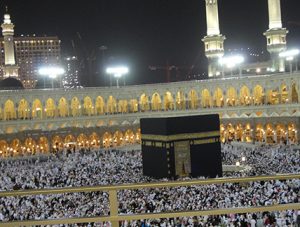
“Mecca” by Ariandra 03, from Wikimedia Commons, licensed under CC BY-SA 3.0”
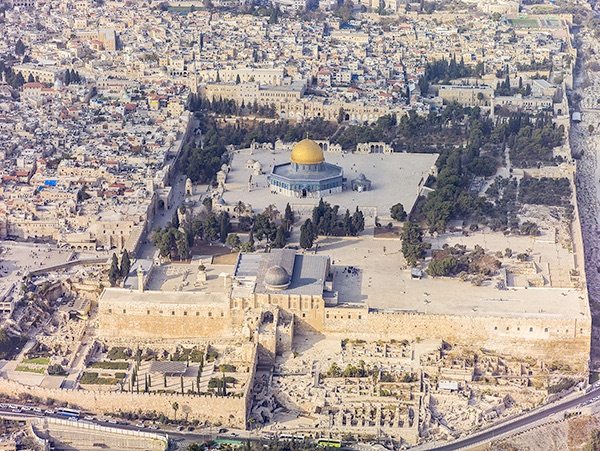
“Israel-2013(2)-Aerial-Jerusalem-Temple Mount-Temple Mount (south exposure)” by Godot13, from Wikimedia Commons, licensed under CC BY-SA 3.0
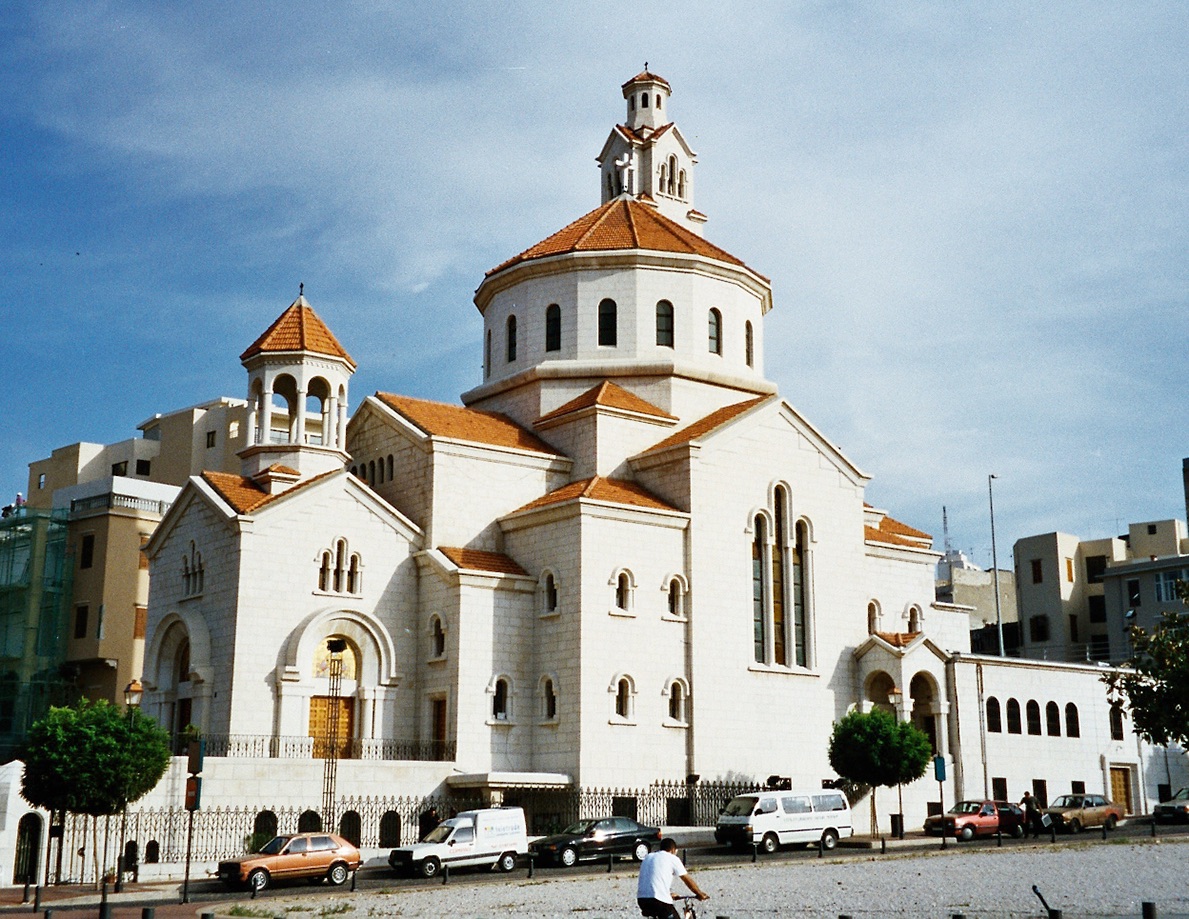
“St Elie – St Gregory Armenian Catholic Cathedral” by Jari Kurittu, from Flickr, licensed under CC BY 2.0
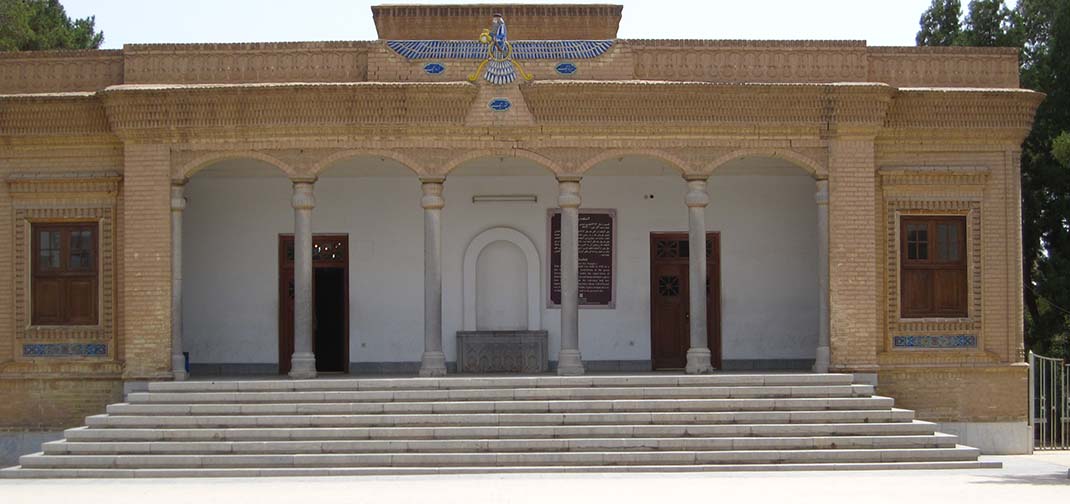
“Ateshkadeh” Fire Temple Yazd” by Ben Piven, from Flickr, licensed under CC BY-NC 2.0
Monotheistic religious beliefs are a major contribution of Middle Eastern peoples to the global religious picture, as well, considering that 55% of the world’s population profess one of the main monotheistic faiths (2.2 b. Christians; 1.6 b. Muslims; 14 million Jews). We refer to these faiths as the “Abrahamic Religions” in this chapter because they each trace their origins to the Hebrew prophet Abraham. All of these religions consider the Temple Mount in Jerusalem (image, right) to be central to their traditions and understanding of spirituality. We go into more detail about Islam because of the predominance of Muslims in the Middle East, the impact Islam has had on all members of society (including non-Muslims), and the need to correct pervasive stereotypes about Muslims.
The similarities across the Abrahamic religions and other religious groups can be attributed to shared histories, values and cultural practices. Historical ties between groups, shared literature, shared cultural practices and even shared prophets and kings. Cyrus the Great provides an example of religious tolerance from the Bible, while at the same time culturally and religiously diverse Islamic Empires exhibited strong cultural traditions that cut across those communities. Today the Middle East is defined by conflict and antagonism, but there are many shared worldview within these religions, in addition to the differences. This chapter provides examples of tolerance and pluralism from the Middle East, as well.
Acquiring knowledge about the religious diversity of the region is equally important. The following information is essential for gaining an understanding of the complexity of religious identity in the Middle East and the world. These identities go beyond the Abrahamic religions, encompassing Zoroastrianism, the religion of Bahai, and other religious minorities. Yazidis (image, above), for example, are a religious group that has been prominently featured in the news recently, but which doesn’t fit neatly into the predominant religious categories (BBCb). Yazidis include Zoroastrian concepts in their theology. Zoroastrians are now a much smaller community, but they trace their history to the Persian civilizations of the past, and continue as a community today, although their numbers are dwindling. Their largest population is in India, and are known their as Parsis.
Religion has been a powerful social force in the region because, especially in the past, religious identity has been something closer to an ethnicity in the Middle East, defining one’s cultural identity as well as one’s spirituality. Religious-cultural identity has traditionally defined communities and their self-view. Regardless of the strong cultural group affiliation religious identity can entail in the Middle East, expressions of spirituality are not always from a single cultural standpoint. A diversity of religious perspectives, including secular or humanist ones, embrace both communal and individualized ways of understanding spirituality. Folk traditions are important aspects of religious practice within many of the societies in the region, as well as more monastic approaches. Sufism, for example, has been a path for many who have sought their own unique understanding of God, and we will explore about Sufism later in this chapter.
Minority religious communities have also often sustained their own means of legal arbitration and ways of approaching social institutions such as marriage and family. States often allowed these communities quite a bit of autonomy and the ability to apply their own rules, as long as they paid tribute to the state. The millet system of the Ottoman Empire is an example of that, which we discuss under the section “Islam in Middle Eastern Societies”. The millet system was also an acknowledgment of the legitimacy of Christianity and Judaism under Islamic law.
